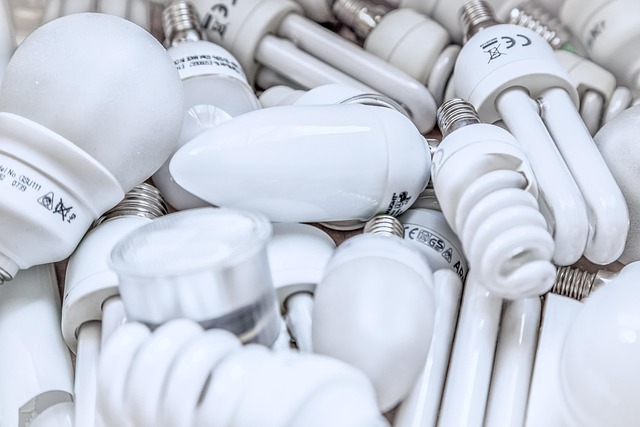Reducing Power Draw: Settings to Lower Energy Use on Everyday Devices
Small changes in device settings can reduce energy use without sacrificing essential functionality. This article outlines practical configuration and maintenance steps for laptops, desktops, smartphones, and common peripherals to improve battery life, lower standby drain, and support sustainability in everyday tech use.

Devices consume power in ways users often overlook. Beyond buying efficient hardware, many savings come from setup choices and ongoing optimization. This article covers settings and habits that reduce power draw across computers and electronics, addressing firmware options, peripheral behavior, connectivity patterns, and maintenance tasks that affect battery life and performance. The goal is practical guidance you can apply during setup, troubleshooting, and routine upkeep to support sustainability and device longevity.
Hardware: settings to reduce power draw
Modern CPUs and GPUs include built-in power states; enabling adaptive or balanced power profiles in operating system settings helps scale performance to demand. Lower screen brightness, shorten display sleep timers, and choose solid-state drives (SSDs) when possible for lower idle power. For battery-powered devices, select battery-saver modes that throttle background tasks and reduce refresh rates. Consider compatibility between power adapters and devices—using the correct wattage avoids inefficient charging behavior. These hardware-focused steps can reduce baseline energy use while preserving essential performance.
Firmware: updates and power management
Firmware and BIOS updates often include power-management improvements and thermal profiles that affect draw. During device setup, enable vendor power features such as CPU C-states or low-power display protocols if available. Keep firmware current, but review change logs for security and compatibility implications before installing. Some manufacturers provide utilities to toggle performance or quiet modes; using these to favor efficiency can lower fan activity and overall consumption. Firmware settings work alongside software power plans to yield measurable reductions in everyday energy use.
Peripherals: managing external device power
Peripherals like monitors, printers, external drives, and docking stations add to a system’s draw. Configure displays to enter sleep quickly and enable monitor power-saving features. Use USB selective suspend to stop powering inactive devices and disable always-on charging on hubs when not needed. For printers and routers, schedule sleep windows if supported. When troubleshooting phantom power drain, unplug or turn off rarely used peripherals rather than leaving them in standby. Proper peripheral setup and recycling of legacy devices that lack power-saving modes can improve sustainability.
Connectivity: minimizing standby and network use
Network adapters and wireless radios can keep devices partially awake. Turn off Wi-Fi or Bluetooth when not required, or use airplane mode on mobile devices during prolonged idle periods. Configure scheduled background syncs for cloud services to specific windows instead of continuous syncing, reducing constant network activity and the associated power draw. For home networks, choose energy-efficient routers and enable power-savvy features such as scheduled Wi‑Fi downtime. Optimizing connectivity settings reduces both battery drain and constant small loads on always-on devices.
Upgrades: what saves energy vs performance
Targeted upgrades can yield energy benefits without sacrificing usability. Replacing older hard drives with SSDs reduces active and idle power, while adding RAM reduces disk swapping and associated power spikes. When considering upgrades, weigh compatibility and potential security trade-offs; newer components often support more advanced power states. Upgrading chargers or cables to certified, efficient models can improve charging efficiency and battery health. Keep in mind sustainability and recycling: responsibly recycle replaced parts and consider refurbished options to extend lifecycle value.
Maintenance: optimization and troubleshooting for efficiency
Regular maintenance preserves efficient operation. Clean fans and vents to prevent overheating-related power spikes and monitor battery health to adjust charging thresholds if supported. Use built-in troubleshooting tools to identify processes consuming excess CPU or disk activity and address misbehaving apps or background services. Software updates and security patches can also fix energy-inefficient bugs, so maintain a balance between timely updates and testing for compatibility. Document setup choices so you can revert changes during troubleshooting without losing optimizations.
Devices are only part of the sustainability equation; how you configure, maintain, and replace them matters. Thoughtful setup—choosing appropriate power profiles, keeping firmware and drivers current, managing peripherals, and optimizing connectivity—reduces unnecessary energy use and can extend battery and component life. Pair these settings with mindful upgrades and responsible recycling to lower environmental impact while keeping performance aligned with everyday needs.





